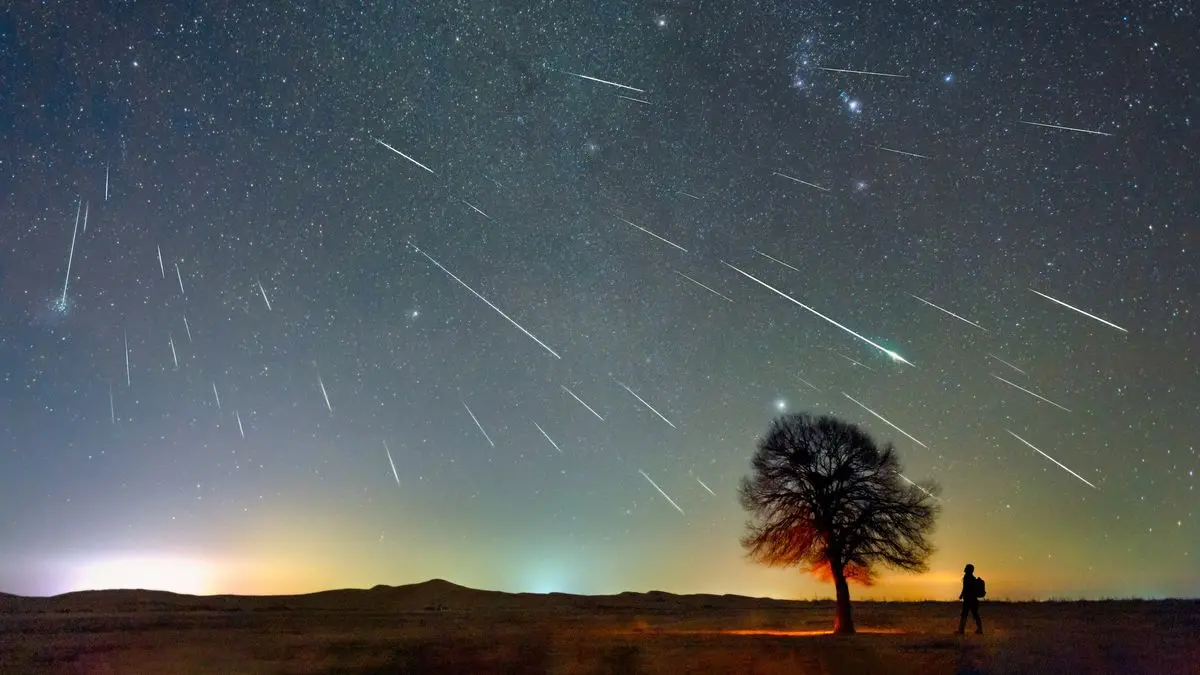The Complete 2025 Meteor Shower Calendar
Here's your detailed guide to all the anticipated meteor showers in 2025, complete with their peak dates and helpful viewing information:
1. Quadrantids (QUA): January 3-4
Peak: Night of January 3rd into the early morning of January 4th.
Radiant: Near the constellation Boötes.
Notes: Can produce a short but intense burst of meteors. Look towards the northeast sky.
2. Lyrids (LYR): April 22-23
Peak: Night of April 22nd into the early morning of April 23rd.
Radiant: Near the constellation Lyra (close to the bright star Vega).
Notes: A moderate shower that can sometimes produce bright fireballs. Best viewed after midnight.
3. Eta Aquariids (ETA): May 4-5
Peak: Night of May 4th into the early morning of May 5th.
Radiant: In the constellation Aquarius.
Notes: Best viewed from the Southern Hemisphere. Viewers in the Northern Hemisphere will see fewer meteors, mainly low on the eastern horizon before dawn.
4. Delta Aquariids South (SDA): July 29-30
Peak: Night of July 29th into the early morning of July 30th.
Radiant: In the constellation Aquarius (southern part).
Notes: A moderate shower best viewed from the Southern Hemisphere. Northern Hemisphere observers might catch some activity low in the southern sky.
5. Perseids (PER): August 12-13
Peak: Night of August 12th into the early morning of August 13th.
Radiant: In the constellation Perseus.
Notes: One of the most popular and reliable meteor showers of the year, often producing many bright meteors. Excellent viewing for both hemispheres.
6. Orionids (ORI): October 21-22
Peak: Night of October 21st into the early morning of October 22nd.
Radiant: Near the constellation Orion.
Notes: A moderate shower produced by debris from Halley's Comet. Best viewed after midnight.
7. Leonids (LEO): November 17-18
Peak: Night of November 17th into the early morning of November 18th.
Radiant: In the constellation Leo.
Notes: Historically known for producing spectacular storms, but in typical years it's a moderate shower.
8. Geminids (GEM): December 13-14
Peak: Night of December 13th into the early morning of December 14th.
Radiant: In the constellation Gemini.
Notes: Often one of the strongest and most reliable showers of the year, known for its bright, multi-colored meteors. Visible from both hemispheres.
9. Ursids (URS): December 21-22
Peak: Night of December 21st into the early morning of December 22nd.
Radiant: Near the constellation Ursa Minor (Little Dipper).
Notes: A minor shower, but a nice way to cap off the year of meteor watching.


















